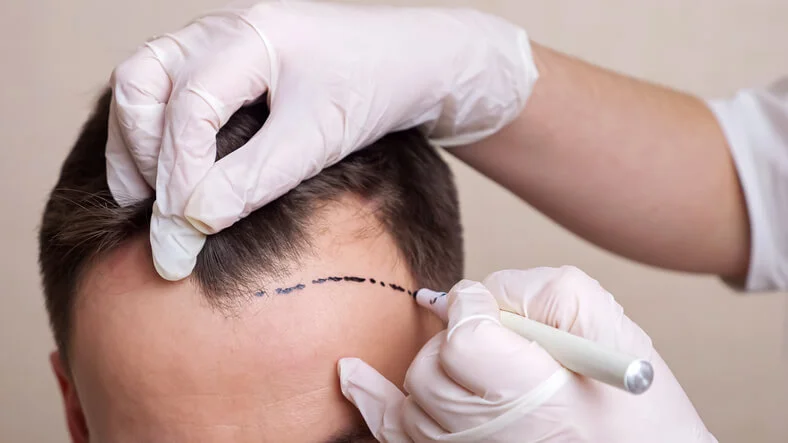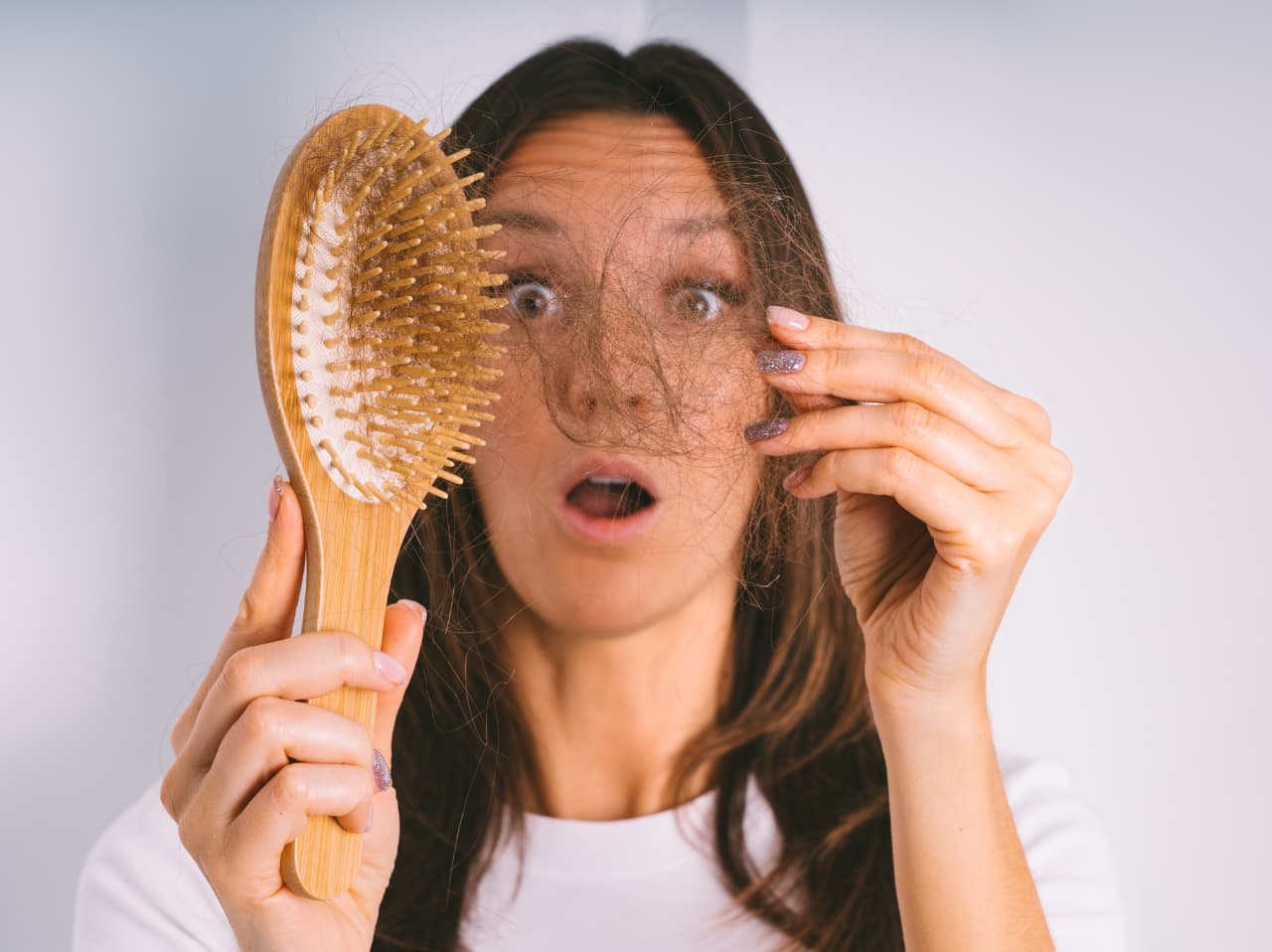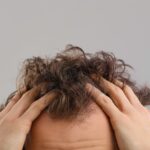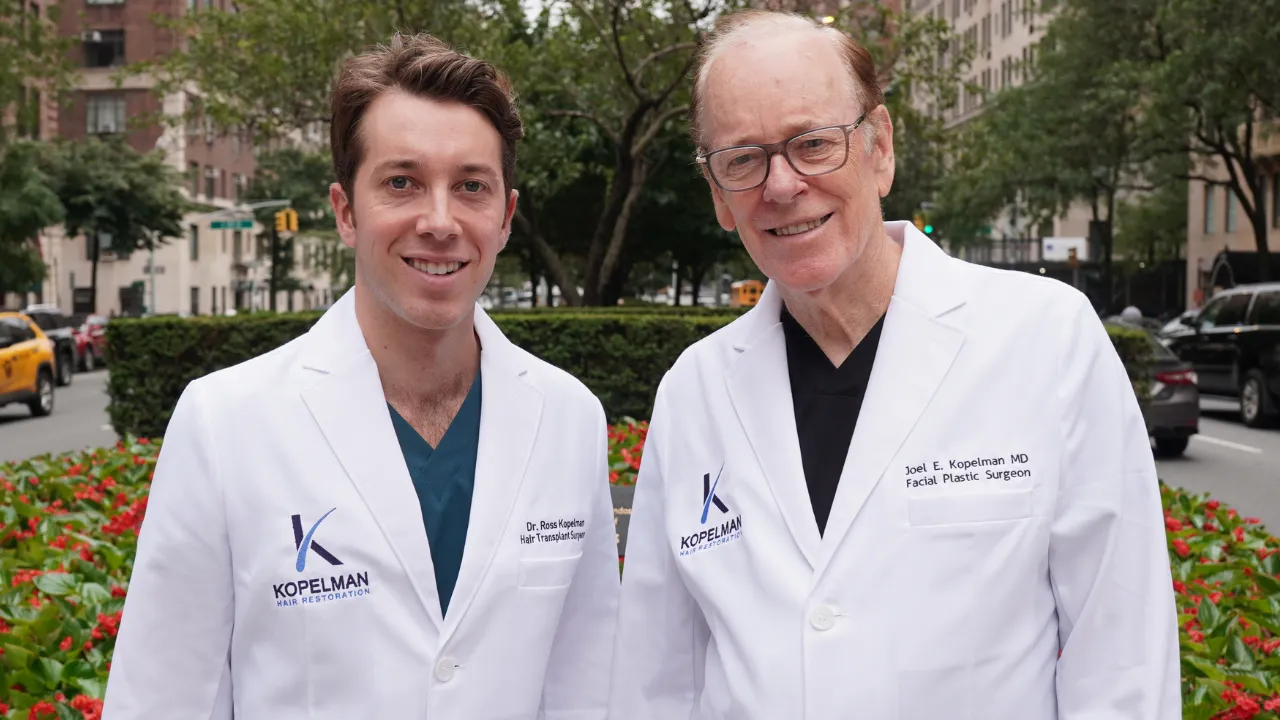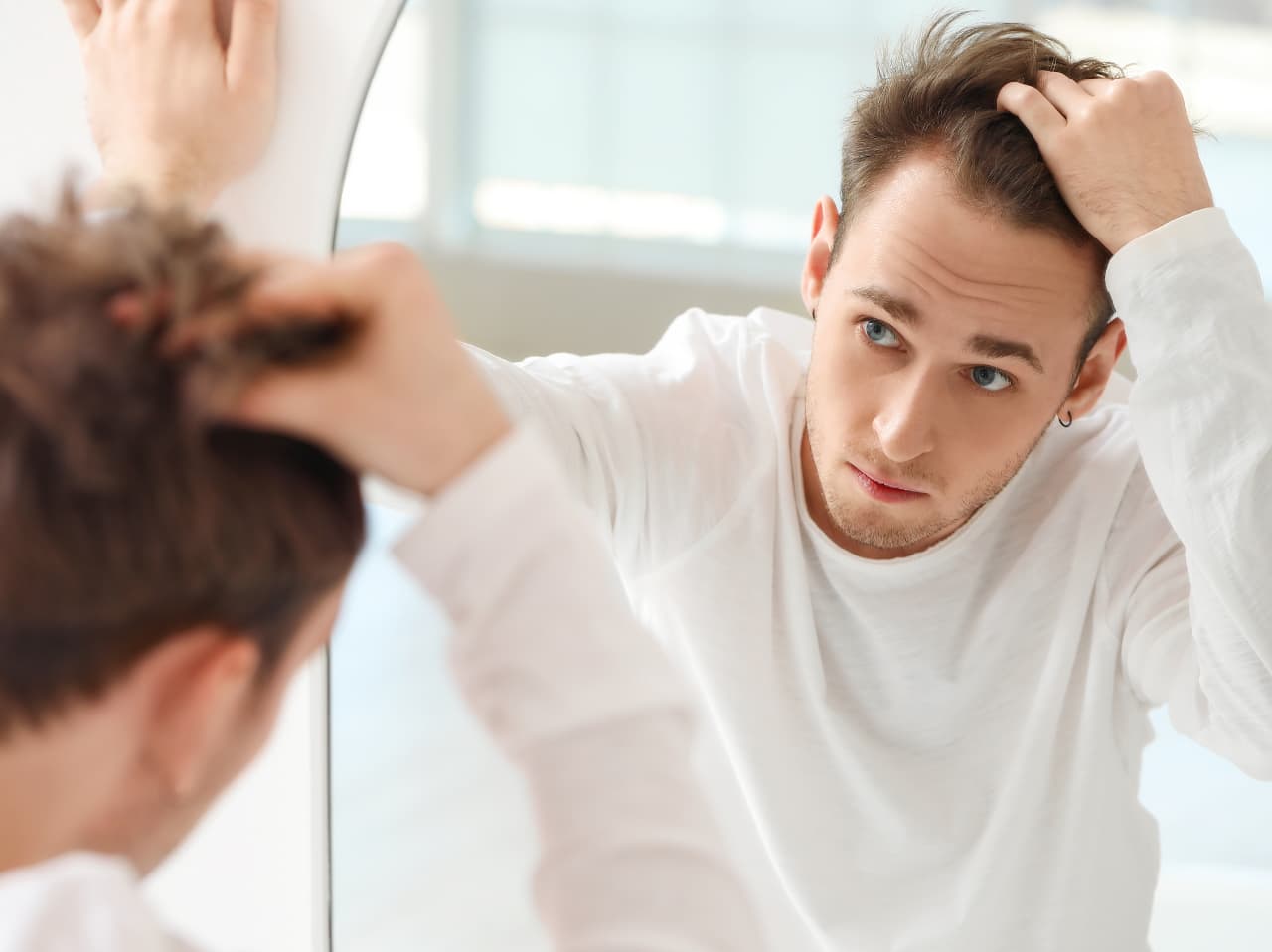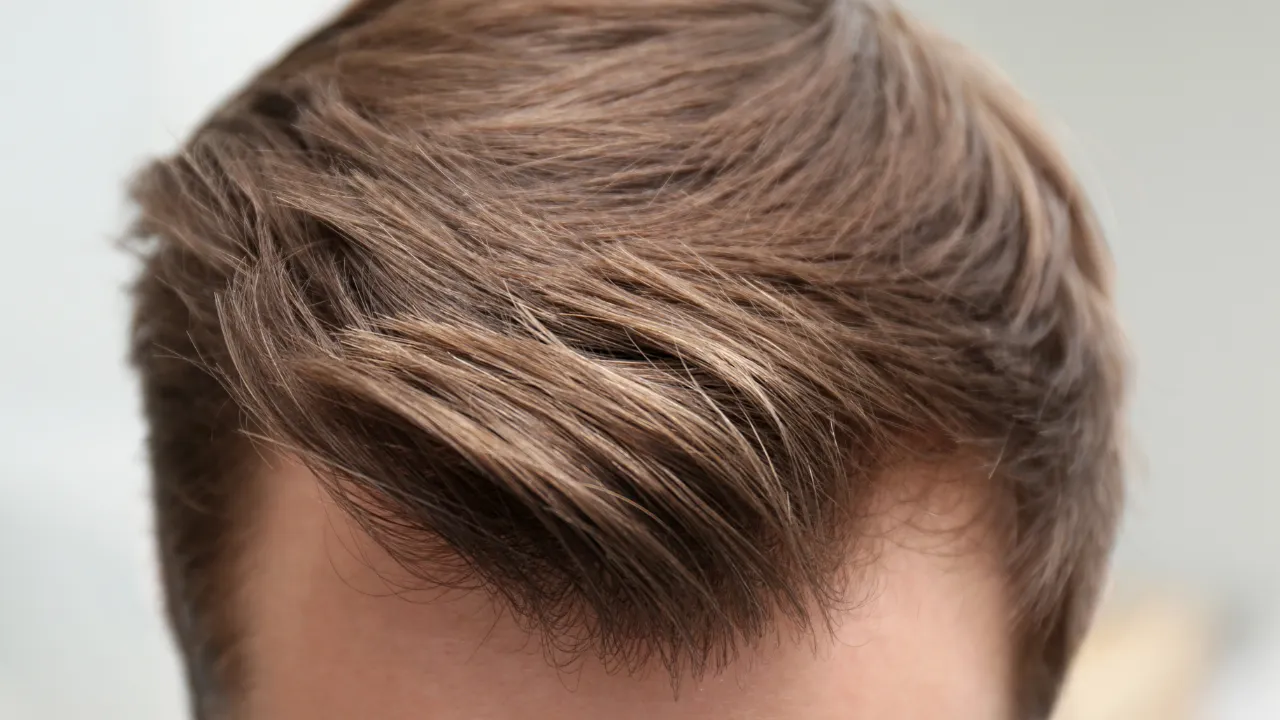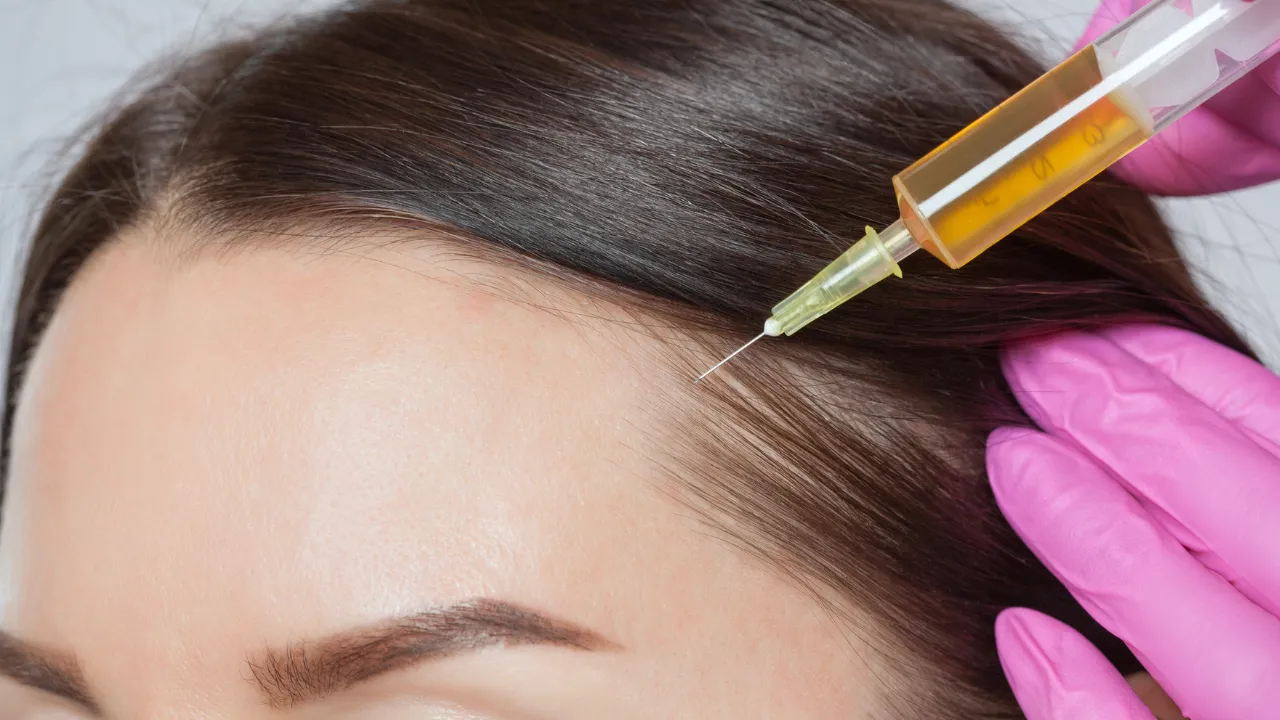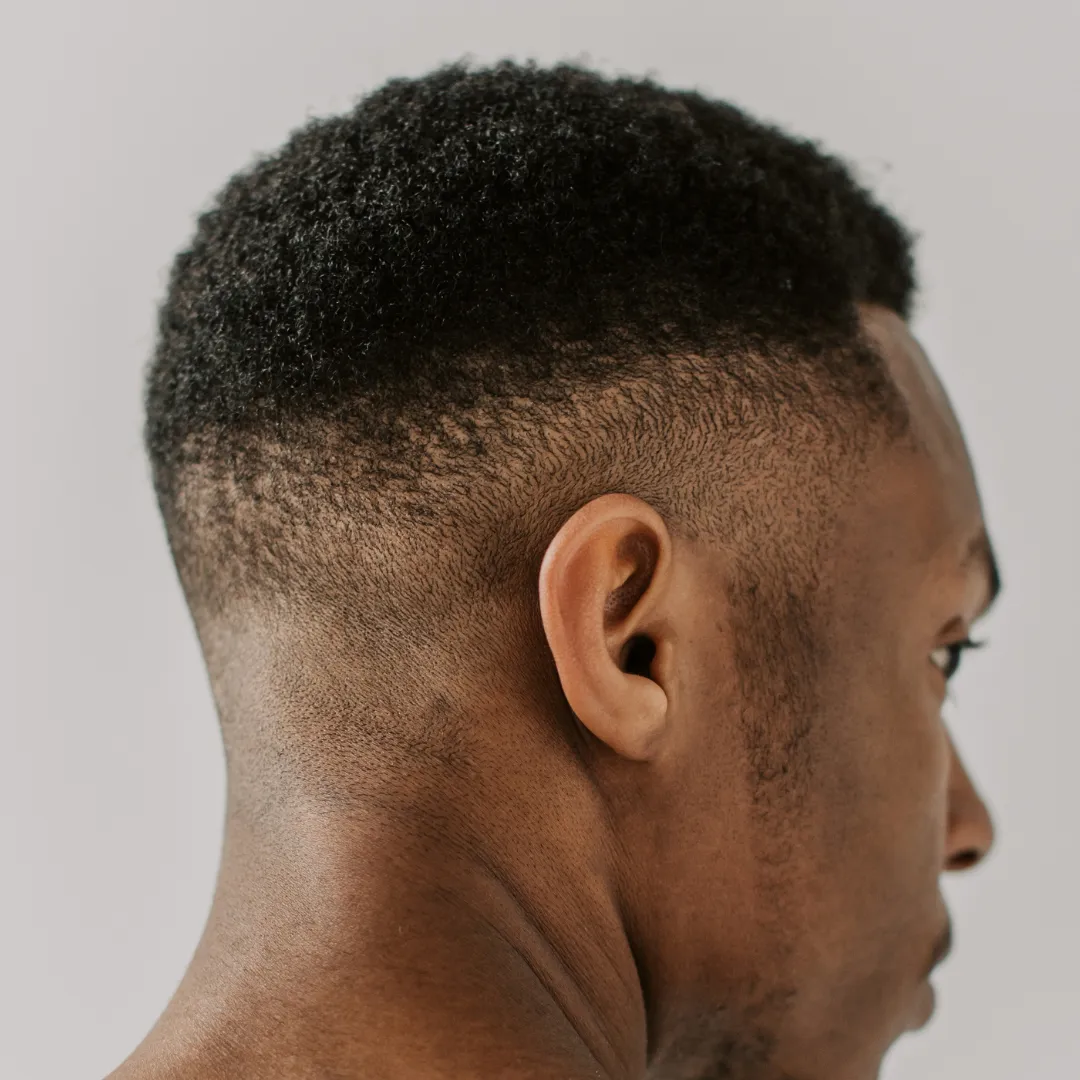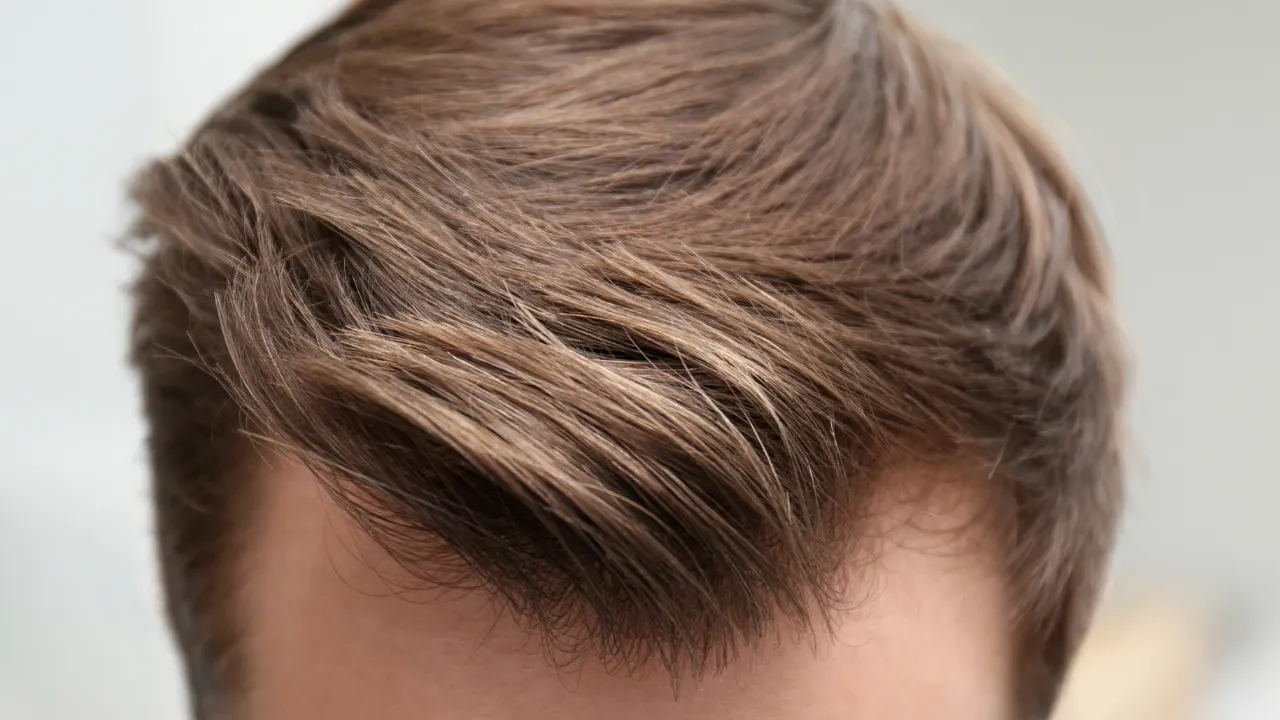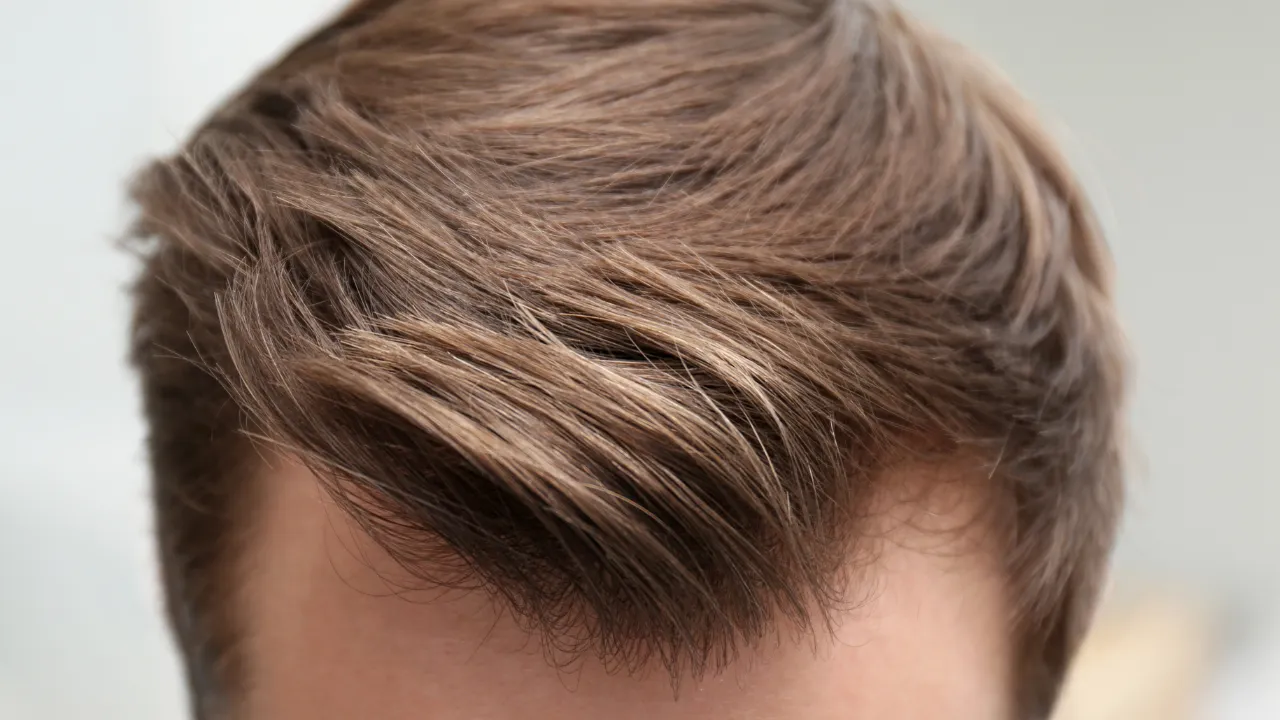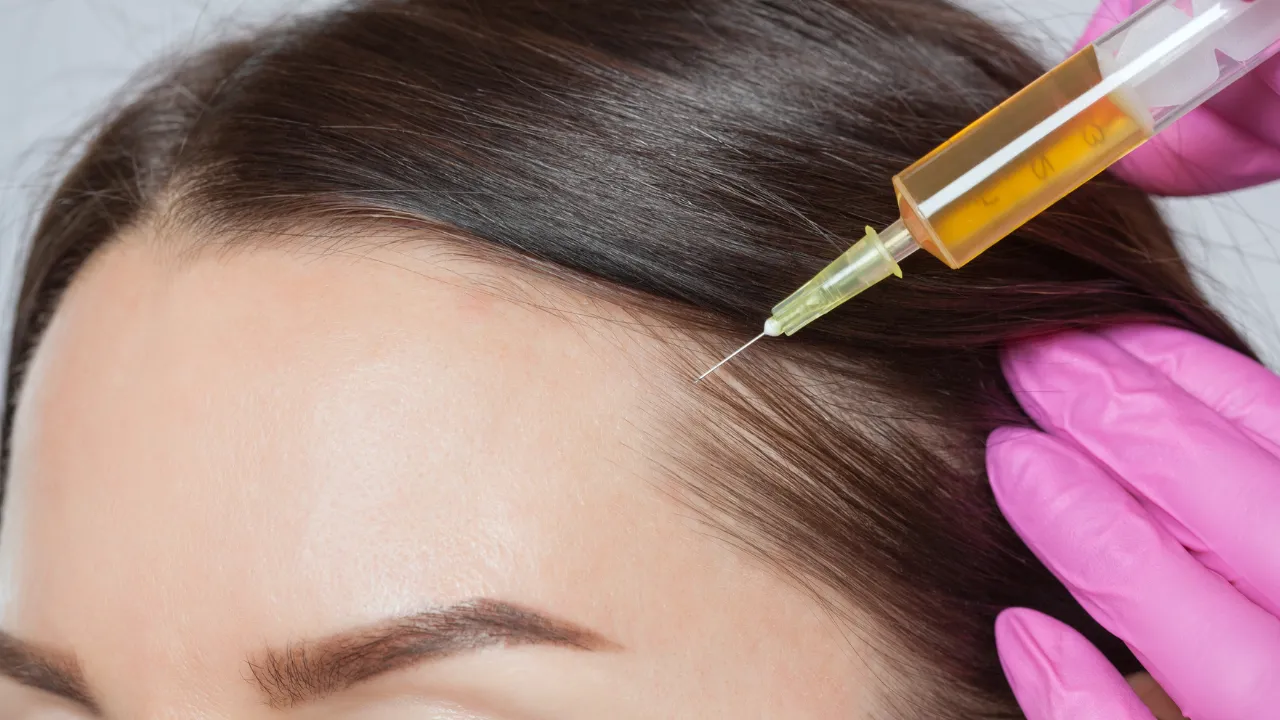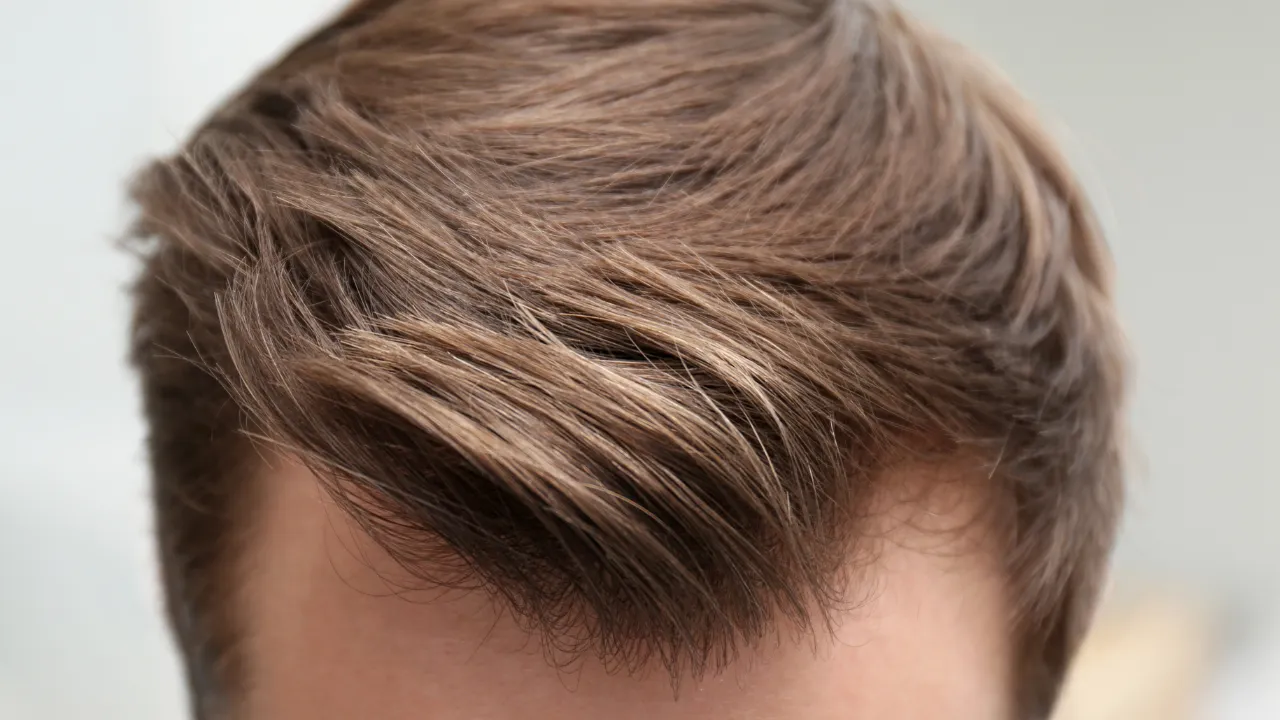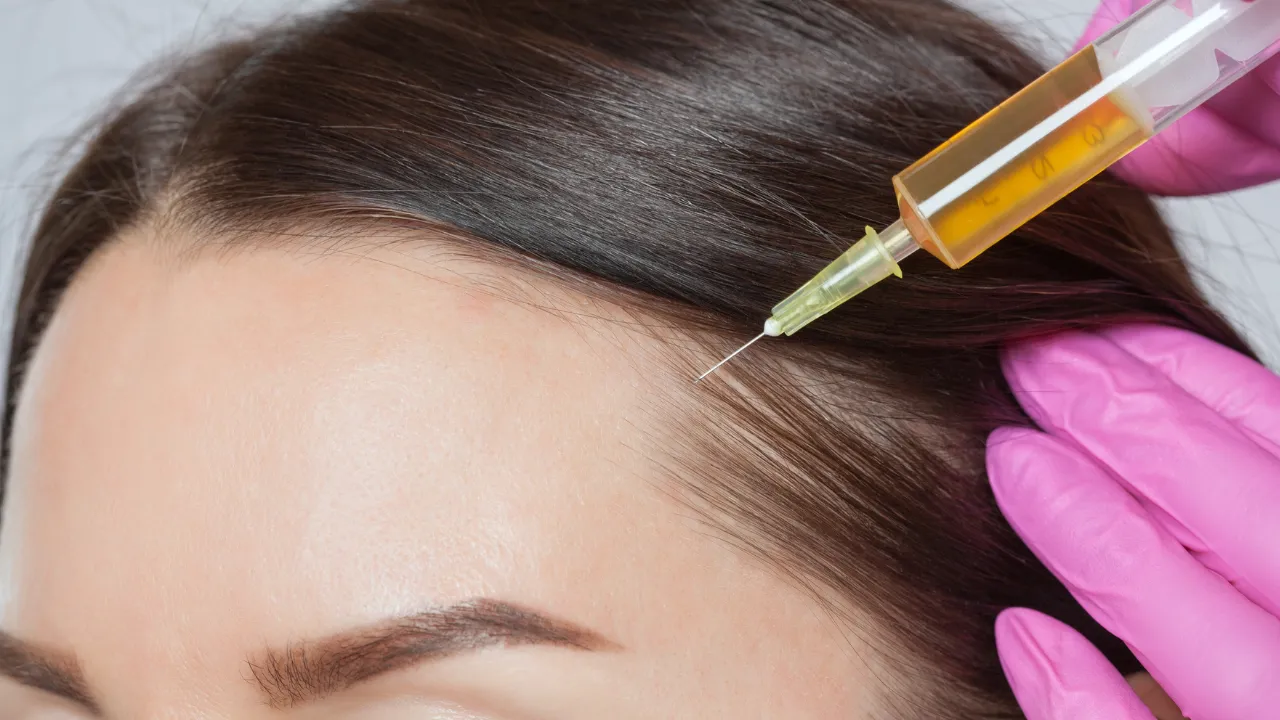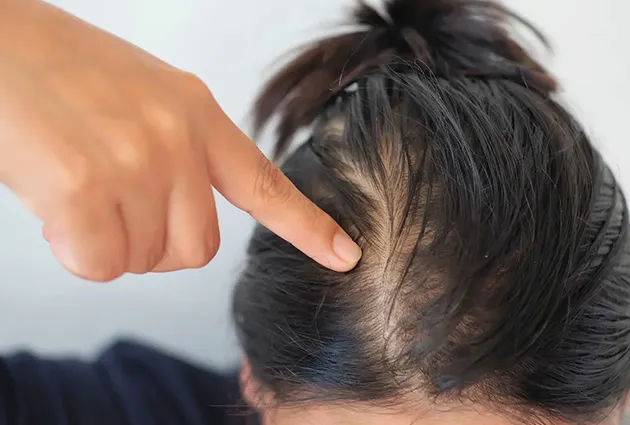Table of Contents
ToggleHair loss affects millions of men, but thanks to modern advancements, there are now proven hair regrowth options for men that deliver real results. At Kopelman Hair, we specialize in advanced treatments tailored to your stage of hair loss, offering expert solutions that restore not only your hairline but also your confidence.
Understanding Male Hair Loss
Hair loss in men is most commonly caused by androgenetic alopecia or male pattern baldness. This condition is genetic and affects the way hair follicles respond to dihydrotestosterone (DHT), a hormone that causes them to shrink over time.
Other causes include stress, poor nutrition, autoimmune issues, and medications. Identifying the root cause early helps guide the best hair loss treatment for male patients, whether it’s medical or lifestyle-based.
What Causes Hair Loss in Men
Most men begin experiencing thinning at the temples or crown in their 20s or 30s. Over time, the affected areas widen. Genetics are usually the main factor, but issues like vitamin deficiencies and hormonal imbalances can accelerate it.
External stressors—like tight hairstyles or harsh products—also contribute. Some commercial products may irritate the scalp or damage follicles—like shampoos linked to hair loss, which often contain harsh sulfates or hormone-disrupting chemicals.
Understanding these causes can help men find the right regrowth path. Common types of hair loss include androgenetic alopecia, telogen effluvium, and alopecia areata, each requiring a different treatment.
Can a Man’s Hair Grow Back?
Yes, depending on the cause and stage of loss. In early stages, Minoxidil or Finasteride can stimulate dormant follicles. If follicles are inactive or gone, surgical options may be needed.
At Kopelman Hair, we assess scalp health and density to recommend the most realistic options. Success often depends on the specific form of hair loss, with early action offering the best chance for regrowth.
How to Regrow Thinning Hair Naturally
For early-stage thinning, natural approaches can help support hair health:
- Protein-rich, vitamin-balanced diet
- Lower stress levels
- Gentle, sulfate-free shampoos
- Scalp massage for circulation
These strategies work best when combined with clinical treatments.
Hair Loss Options for Men (Non-Surgical Treatments)
Non-surgical treatments are often the first step for men noticing early hair loss. They can be highly effective when used consistently and monitored by a professional.
Minoxidil for Men
Minoxidil is an FDA-approved topical that boosts blood flow to hair follicles. It’s mainly used for crown thinning and requires a twice-daily application. Visible results take 3–6 months.
Though available over the counter, it’s more effective when guided by a specialist who can fine-tune the dosage or formula.
Finasteride and Other Medicines
Finasteride is a prescription medication that blocks DHT. It’s effective for slowing hair loss and promoting regrowth.
If Finasteride causes side effects, alternatives like Dutasteride or topical DHT blockers may be used. Always consult a medical expert before starting treatment.
Low-Level Laser Therapy
Low-Level Laser Therapy (LLLT) uses red light to energize hair follicles. Devices like laser combs or helmets are available for home use or in clinics.
It’s a non-invasive, safe method but requires consistent, long-term use for results.
Best Hair Thinning Treatments and Supplements
Supplements can be beneficial, especially if a deficiency is involved. Key ingredients include:
- Biotin
- Zinc
- Iron
- Saw Palmetto
These should be part of a complete plan. Ultimately, the best hair thinning treatment for men is one that addresses the underlying cause and the thinning pattern—often with a combination of medical and lifestyle-based care.
Best Hair Growth Products for Men
When searching for the best hair growth products for men, look for formulas that contain Minoxidil, caffeine, ketoconazole, or saw palmetto. These ingredients help block DHT and promote circulation to nourish follicles.
Regrow Hair Naturally in 3 Weeks: Is It Possible?
Despite online claims, it’s not realistic to expect significant results in just three weeks. Hair cycles take time, and it typically takes 3–6 months to see meaningful progress.
Dr. Kopelman encourages setting realistic expectations and following a consistent, evidence-based plan.
Hair Restoration Options for Men (Surgical & Advanced Care)
When medications don’t work or loss is advanced, surgical procedures can provide long-term, natural-looking results.
FUE vs. FUT Hair Transplants
FUE (Follicular Unit Extraction) involves removing individual follicles and transplanting them to thinning areas. It’s minimally invasive and leaves minimal scarring.
FUT (Follicular Unit Transplantation) removes a scalp strip to extract follicles, creating a linear scar. It’s efficient for large areas. The choice depends on donor area, density, and goals.
PRP Therapy and Scalp Micropigmentation
PRP therapy uses a patient’s own blood to activate growth in dormant follicles. It’s best for moderate thinning and pairs well with other treatments.
Scalp micropigmentation is a non-surgical procedure that creates the illusion of fuller hair. It reduces the contrast of a bald spot, improving visual density.
Can Male Baldness Be Reversed?
Complete reversal isn’t always possible. But with the right mix of treatments, many men can slow or stop hair loss and achieve visible regrowth.
At Kopelman Hair, we use precise diagnostics to determine regrowth potential. The best hair treatment for baldness is one that fits your condition—often a mix of transplant and regenerative options.
Choosing the Right Treatment for Male Pattern Baldness
No one-size-fits-all exists. The best option depends on your hair loss stage, age, and goals.
How to Reverse Baldness Naturally
For men seeking natural remedies, the following may help:
- Daily scalp massage
- Healthy, nutrient-rich diet
- Essential oils like rosemary
- Reduced stress and better sleep
These are more effective in early stages and should be part of a larger plan.
Budget, Stage of Hair Loss, and Suitability
Cost varies depending on treatment:
- Minoxidil and supplements are low-cost
- Finasteride is affordable with a prescription
- Transplants are more expensive but permanent
Younger men may respond to non-surgical care, while older patients may benefit more from surgery. A consultation with Dr. Kopelman ensures a personalized plan to treat hair loss safely.
What to Expect from Treatment
Having realistic expectations helps patients stay motivated.
Results Timeline and Side Effects
- Topicals: 3–6 months
- Oral meds: Slows loss in 1–3 months, regrowth by 6
- Surgery: Regrowth begins in 6–12 months
- Side effects: Scalp dryness (Minoxidil), libido changes (Finasteride), redness (PRP)
Talk to your provider if symptoms occur so treatment can be adjusted.
Best Medicine for Hair Fall and Regrowth
Finasteride is highly effective for DHT-driven hair loss. Minoxidil is a staple for topical treatment. Together, they provide strong regrowth support.
Always follow a specialist’s guidance to ensure safe and optimized results.
How Long Does It Take to See Results?
Most men see visible improvements after 3–6 months of consistent use. Individual results vary based on age, genetics, and treatment consistency.
Keeping a photo journal or scheduling check-ins can help monitor progress.
When to See a Hair Restoration Specialist
You should seek professional help if:
- Your hair loss is progressing
- OTC products aren’t helping
- You’re considering surgery
- You want a personalized, medical-grade plan
Our team provides diagnostics and tailored treatment to ensure the best results. To explore advanced options and personalized care, visit our Kopelman Hair Restoration page to learn how we can help you achieve lasting results.
Are There Any Side Effects of Hair Regrowth Treatments?
While most treatments are safe, some may cause:
- Dryness or irritation (Minoxidil)
- Hormonal side effects (Finasteride)
- Temporary redness (PRP)
- Scarring after transplants
Consulting with a professional helps prevent or manage side effects early.
How Much Do Hair Regrowth Treatments Cost?
Costs vary depending on the method:
- Minoxidil/Finasteride: $30–$90/month
- LLLT devices: $200–$1,000
- PRP: $400–$1,000/session
- FUE/FUT: $5,000–$15,000+
Kopelman Hair offers expert consultations to create a customized, budget-conscious plan.
Hair Regrowth Myths: What Doesn’t Actually Work?
Avoid these myths:
- Onion juice cures baldness
- Biotin fixes all hair problems
- Shaving makes hair grow thicker
- Hats cause hair loss
- 7-day miracle regrowth creams
Stick with evidence-based treatments like those from Kopelman Hair for real results.
Additional Considerations
Best Hair Loss Treatment for Females: How It Compares
Women usually experience diffuse thinning, not pattern loss. Minoxidil works for both genders, but Finasteride isn’t approved for women.
Transplants can be an option depending on the diagnosis. At Kopelman Hair, we assess each case individually to ensure the safest and most effective treatment. Schedule a personalized consultation today.


